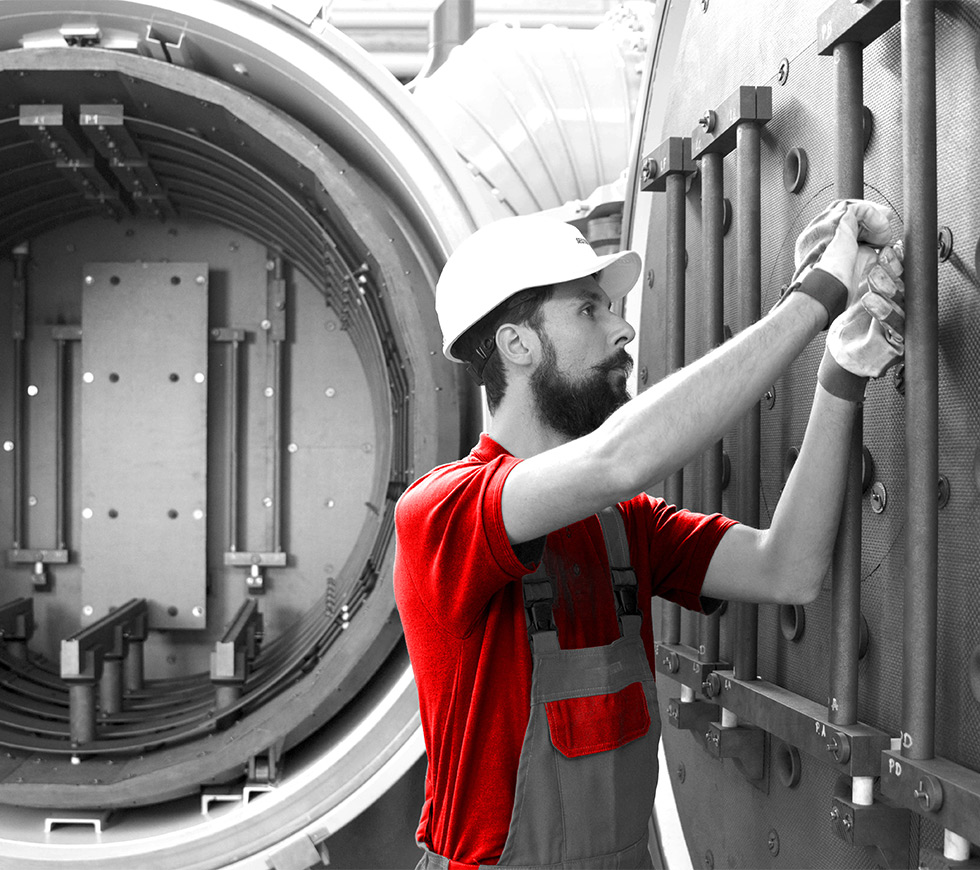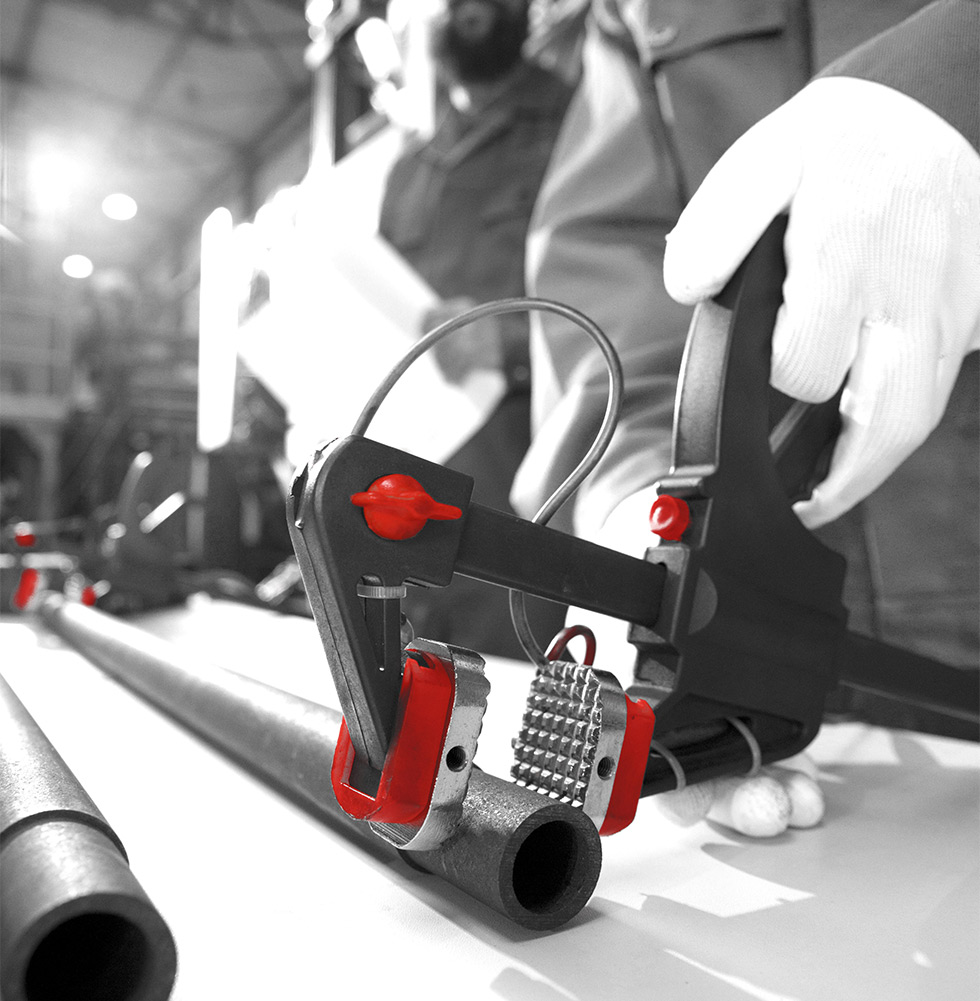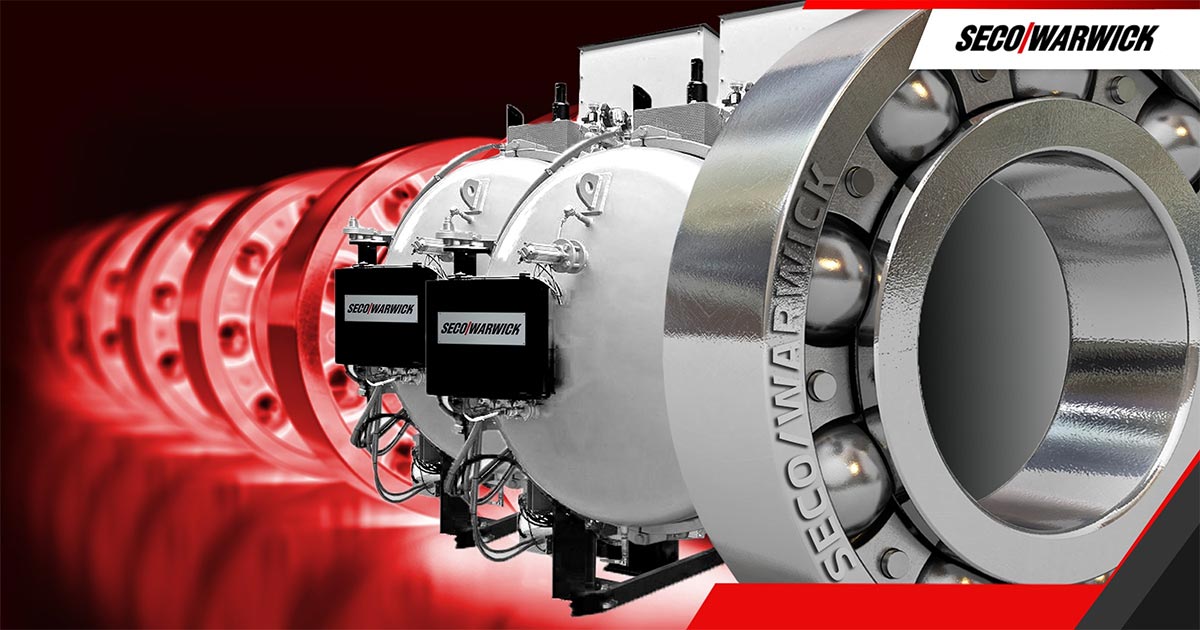MODERNIZATION OR REPLACEMENT OF INDUSTRIAL FURNACE HEATING SYSTEMS
Increase the efficiency of your furnace heating system
Modernizing or replacing the heating system of your industrial furnace can reduce heat treatment costs.
There are several approaches to this issue. First, a thorough analysis and calculations should be performed to determine which solution will have the best effect or the quickest return on investment.
Modernizing or replacing the furnace’s heating system often requires modifications or replacement of the furnace insulation. This should be considered not just as an additional cost but as an opportunity to significantly increase the energy efficiency of the heat treatment process.
Learn more about modern insulation systems
/Modernization of the furnace heating system can occur in one of two different design options:
/ Replacing outdated gas burners and combustion systems with a modern system
/ Replacing the gas system with electric heating
/Depending on the type and application, we distinguish among three types of burners

/Regenerative burners
Regenerative burners minimize energy losses in industrial furnaces by recovering waste heat. They are used in batch and continuous furnaces, especially in the metallurgical industry where high temperatures are required. Regeneration can reduce energy consumption by up to 30%, lowering production costs.
Regenerators use exhaust heat to preheat combustion air. These burners are characterized by high quality, reliability, and energy efficiency. We offer models of various capacities adapted to different types of furnaces. Additionally, lowering exhaust gas temperature allows cheaper exhaust and insulation systems, reducing investment costs.
/Regenerative burners with radiant tubes
A regenerative burner combined with a radiant tube is used when it is necessary to separate exhaust gases from the product. The air introduced into the burner is preheated by the exhaust gases at the height of the regenerator, ensuring high efficiency of the system. Internal recirculation of exhaust gases in the radiant tube guarantees lower emissions of pollutants into the atmosphere. This system ensures even heat distribution and effective heat flow.
Regenerative burners with radiant tubes are adapted to work in direct and indirect firing installations. Compared to conventional regenerative burners, those with radiant tube allow a 50% reduction in CO₂ emissions.
I believe radiant tubes are always made of high temperature alloys – or simply stainless steel, but you might want to check that – regular steel can’t take the high temperatures…
/Recuperative burners
Recuperative burners provide even heat distribution in the combustion chamber. Recuperators around the fuel nozzle suck in exhaust gases and deliver air.
These burners may consist of two burners and a radiant tube, where the combustion and suction operating modes alternate. Short switching times ensures constant radiant tube temperature along its entire length, providing a flat temperature distribution.
/Korzyści wymiany palników gazowych na nowoczesne:

Increased energy efficiency
- Modern burners are more efficient, allowing better fuel utilization and lowering operational costs

Improved combustion quality
- New burners provide more even and controlled combustion, resulting in stable temperatures and better product quality.

Reduced emissions
- Modern burner systems are designed to minimize emissions of harmful substances and protect the environment

Safety
- Burners now have monitoring and control systems that increase the operational safety of the furnace

Lower failure rate
- Modern burners are more reliable and less prone to failures, reducing maintenance and downtime costs

/Replacing gas heating systems with electric heating in industrial furnaces
Changing from a gas heating system to electric in an industrial furnace can be a beneficial solution. Electric heating is becoming increasingly popular due to its convenience, ecology, and ease of installation. This solution also provides energy independence, as it minimizes the risk of gas supply disruptions caused by geopolitical turmoil.
One of the main advantages of electric heating is its maintenance-free nature. Modern heating devices operate automatically, which is particularly advantageous for production plants. Furthermore, electric heating can be more environmentally friendly, especially if the electricity comes from renewable sources.
However, it should be noted that changing the heating system to electric requires proper preparation of the electrical installation. It may be necessary to increase the connection power and adjust the energy tariff to new needs. Despite higher initial costs, electric heating can bring significant savings in the long term.
Replacing the old heating system of an industrial furnace with a modern one or changing the gas system to electric are investments that can bring many benefits. Modern heating technologies ensure higher energy efficiency, lower operating costs, and less environmental impact. It is worth considering these options to improve the efficiency of heat treatment processes and contribute to environmental protection.
/Benefits of replacing traditional gas burners with modern ones:

Technical and operational benefits
- Maintenance-free: Modern electric systems operate automatically, reducing the need for supervision and maintenance
- Simple installation: Electric systems are easier to install than gas ones
- Higher energy efficiency: Modern heating technologies consume less energy while maintaining the same performance

Economic benefits
- Lower operating costs: Despite higher initial costs, electric systems can be cheaper in the long term
- Long-term savings: Thanks to higher efficiency and lower maintenance costs

Ecological benefits
- Less environmental impact: Especially when the energy comes from renewable sources
- No exhaust emissions: Electric heating does not generate direct greenhouse gas emissions

Energy and strategic benefits
- Energy independence: No dependence on gas supplies, reducing the risk of energy supply interruptions due to geopolitical reasons
- Ability to adjust energy tariff: Flexibility in managing energy costs
What does modernization of industrial furnace heating systems consist of?
Modernization of heating systems consists of replacing or enhancing existing heating systems in a furnace, such as heating elements, isolation, power supply and control systems, in order to improve energy efficiency, process quality and safety.
Why is modernization of furnace heating systems worth it?
- Increases energy efficiency
- Improves heat treatment process quality
- Reduces operating costs
When is replacement of a furnace heating system worthwhile?
- When the furnace doesn’t reach the necessary temperature
- When uneven temperature distribution occurs
- When operating costs rise
- When the heating system is technologically outdated
What is the scope of modernization and replacement of furnace heating systems?
- Replacement of heating elements with modern ones, equipped with recuperation or regeneration technology
- Modernization of temperature control systems
What heating technologies does SECO/WARWICK offer?
- Modern gas heating systems with recuperation
- Electric heating systems for vacuum and atmosphere furnaces
- Smart temperature control
- Energy-saving power supply systems
What benefits do heating system modernizations provide?
- Reduction of energy usage
- Improvement of heat treatment process quality
- Safety Improvement
- Extension of the furnace’s lifespan



